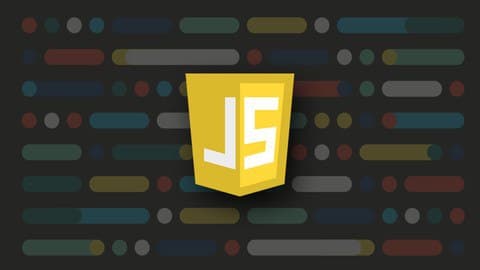Description
JavaScript is an excellent computer programming or script language from Netscape. It has a close resemblance in ways of its capability with Microsoft’s Visual Basic, Sun’s Tcl, the UNIX-derived Perl, and IBM’s REXX. As a whole, script languages are easier and faster to code unlike the more structured and compiled languages such as C and C++. Though script languages take longer to process than compiled languages, they are very useful for shorter programs. JavaScript is lightweight and so is most commonly used as a part of web pages, whose implementations allow the web pages to be more user interactive.
LiveScript as it was known earlier, JavaScript made its first appearance in Netscape 2.0. The core of the language has been implanted in Netscape, Internet Explorer, and other web browsers. JavaScript is designed majorly for creating network-centric applications. It balances and integrates with both Java and HTML. Client-side JavaScript is the most common form of the language. This helps in making a web page not just a static HTML, but more user interactive. User-initiated events such as button clicks, link navigation, and other actions that the user initiates openly or implicitly can be done using JavaScript. Apart from its increased interactivity, it provides rich interfaces to webpages and can provide immediate response to the visitors. There is also lesser server interaction using JavaScript. JavaScript does not require any expensive tool to start working, a simple text editor like Notepad is enough.
All these qualities make it a very important tool for someone who is interested in creating dynamic web pages. Our course JavaScript Fundamentals will give the students a good idea on the basics of JavaScript.
Who this course is for:
- Students with a little knowledge of JavaScript and want to learn it from the scratch.










